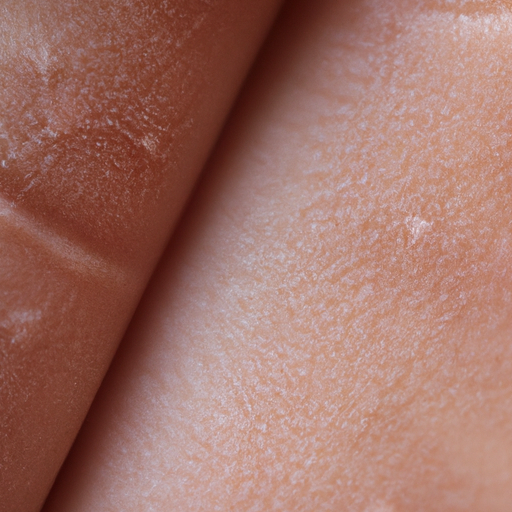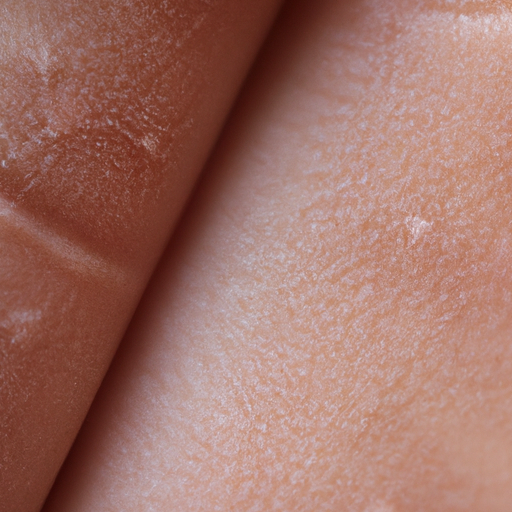Exfoliation is a crucial part of any skincare routine. It involves the removal of dead skin cells from the surface of your skin, which not only helps to keep your skin looking fresh and radiant but also aids in the prevention of clogged pores and acne. This article aims to provide a comprehensive guide to face and body exfoliants and their usage.
There are two main types of exfoliants: physical and chemical. Physical exfoliants use small particles, a brush, or a scrub to physically remove dead skin cells. Examples include sugar or salt scrubs, facial brushes, and microdermabrasion treatments. On the other hand, chemical exfoliants use acids or enzymes to dissolve the bonds between skin cells, allowing them to be easily removed. Examples include products containing alpha-hydroxy acids (AHAs), beta-hydroxy acids (BHAs), and retinoids.
Physical exfoliants are generally suitable for all skin types, although those with sensitive skin should opt for a gentle scrub or brush to avoid irritation. They are typically used once or twice a week, depending on your skin’s tolerance. To use a physical exfoliant, wet your skin and apply the product in a circular motion, then rinse thoroughly. Avoid scrubbing too hard, as this can damage your skin.
Chemical exfoliants are more suitable for those with oily or acne-prone skin, as they can penetrate deeper into the pores. They are also ideal for those with mature skin, as they can help to reduce the appearance of fine lines and wrinkles. Chemical exfoliants should be used once or twice a week, depending on your skin’s tolerance. To use a chemical exfoliant, apply the product to clean, dry skin and leave it on for the recommended amount of time before rinsing.
When choosing an exfoliant, it’s important to consider your skin type and concerns. For example, if you have dry skin, you might benefit from a physical exfoliant with moisturizing ingredients. If you have oily skin, a chemical exfoliant with BHAs might be more beneficial, as they can help to control oil production.
Regardless of the type of exfoliant you choose, it’s crucial to follow up with a good moisturizer to replenish any moisture lost during the exfoliation process. It’s also important to protect your skin from the sun, as exfoliation can make your skin more susceptible to sun damage.
In conclusion, exfoliation is a key step in maintaining healthy, radiant skin. Whether you choose a physical or chemical exfoliant, regular use can help to remove dead skin cells, unclog pores, and improve the texture and tone of your skin. However, it’s important to use these products correctly and to follow up with appropriate skincare to ensure the best results. With the right exfoliant and proper usage, you can unveil your skin’s natural radiance and keep it looking fresh and youthful.




